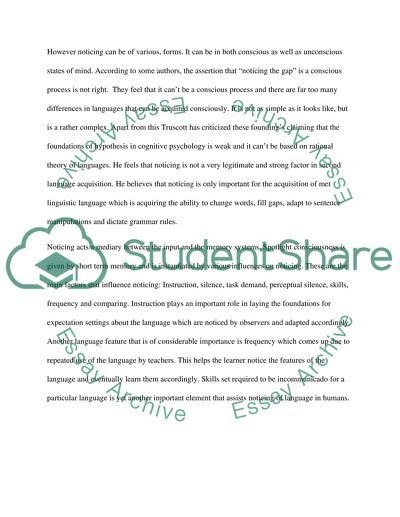Cite this document
(The Importance of Noticing in Second Language Acquisition Assignment, n.d.)
The Importance of Noticing in Second Language Acquisition Assignment. Retrieved from https://studentshare.org/education/1529300-second-language
The Importance of Noticing in Second Language Acquisition Assignment. Retrieved from https://studentshare.org/education/1529300-second-language
(The Importance of Noticing in Second Language Acquisition Assignment)
The Importance of Noticing in Second Language Acquisition Assignment. https://studentshare.org/education/1529300-second-language.
The Importance of Noticing in Second Language Acquisition Assignment. https://studentshare.org/education/1529300-second-language.
“The Importance of Noticing in Second Language Acquisition Assignment”, n.d. https://studentshare.org/education/1529300-second-language.


